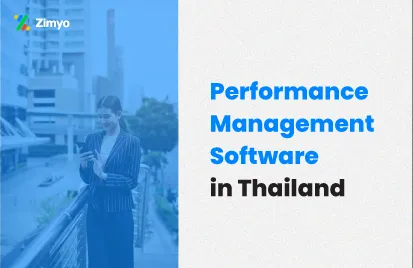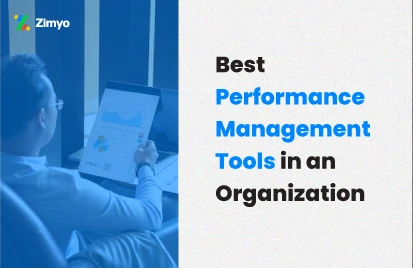Ground rules of the corporate world have changed! Corporates have become distributed. They are now also competing with Startups and are in the race to hire and retain the best employees!
Remote working employees are the ‘new black’ of the corporate world. Hiring employees globally has become the new ground rule of the corporate culture as a way of business expansion. The larger the service delivery area is, the more successful the business. This vigorous rise in the remote working employee culture has also led to the rise of Coworking Culture that resonates with the changing business models perfectly.
What is a Coworking Space?
‘Coworking’ is an amalgamation of the terms ‘Co’ which means mutual and ‘working’ (obviously meaning to work). So in its most basic sense, Coworking Spaces are professional working spaces wherein the available space is shared within employees from different organizations.
Coworking spaces provide:
- Cost-Effective Opportunities to grow one’s business network
- Flexibility as Coworking places generally don’t follow a specific set of rules
- Recreational opportunities
- Collaboration
What exactly gave rise to Coworking Spaces?
Simple, modern workforce’s working ways!
Modern Workforce
The modern workforce is new-age employees. Earlier it was common for employees to travel for hours to reach their respective workplaces. But as the competitive scenario has risen in every industrial sector and companies look towards optimizing work and increasing efficiencies, employee satisfaction and time management have become the very essence of every successful business model. Now corporates have found a way out and are adapting to this new modernized work culture and prefer to lend coworking spaces for employees, allowing them to work from remote areas, thereby saving both time and delivering value to employees. And not to mention freelancers, startups, and small teams, for whom Coworking spaces are a haven.
Today there are distributed teams, spread across countries and not just cities. People prefer to work on their own time, from where they desire (even cafes) and are more productive this way.
People travel a lot, go to on sites, attend meetings in different parts of the world, have field jobs in different parts of the cities; they have laptops to work remotely rather than the bulky old computers.
The modern workforce is no doubt a boon to corporate productivity.
Managing remote employees via an HRMS
We talked about the Modern workforce and the flexibility of working. We talked about Coworking spaces. Coworking spaces are a boon for remote employees of an organization. Organizations can hire ‘real talented’ people anywhere in the world and have them working remotely.
Now the question that generally arises in one’s mind is “Isn’t managing remote employees a heavy set of burdens?” Well, not even in the slightest if you have a solution like Zimyo to take care of that. Here’s how an Employee experience platform like Zimyo is your go-to solution for all your organizations’ remote employee management needs.
Communication Channel between Employee, Employer, and HR Department
Even though remote working culture has become quite prevalent nowadays, the advancements in the field of automation have brought employees and employers closer than ever. Managing remote employees is no longer a painful job. HRMS is that blessing in disguise which has made communication seamless. Now even the remote employees are 24/7 in touch with the HR department as well as the higher representatives within the organization.
Attentance and Leave Management
When working from a remote coworking area, it can be tough for both the HR department to track whereabouts of its employees and for the employee to inform the respective authorities of his presence and absence manually. Now, this is just the first of many scenarios wherein an HRMS is the best thing since sliced bread. It automates leave and attendance management, thereby freeing both employee and employer of the unnecessary manual workload.
Performance Management and Talent development
Every business nowadays requires frequent scrutiny over how its employees are performing and what improvements can be made to make them more efficient. However, with manual reporting still prevalent, it is not possible in the case of remote employees and the organization eventually has to let them go. But when a company incorporates an HR software into its existing model, performance management becomes a cakewalk, even in case of remote employees. HRMS’ can be used to monitor employee performance and offer them training sessions via the HRMS to develop new skills and upgrade existing skills as per the industry requirements.
Policy Management
Company policies change according to the company requirements and/or project requirements or for any other reasons. And employees need to be well aware of company policies to maintain discipline and decorum within the organization. However, it may not be possible for the HR department to manually inform remote employees of the changing policies but the task gets much much easier when you have a Policy Management System which is one of the most basic units of an HRMS. With a Policy Management System, all you need is to update changes on the portal which reflect on each employee portal.
To Conclude
No doubt there are negative effects of working from home. Hence smaller organizations (or bigger organizations with distributed employees) prefer their teams to work from dedicated offices which will almost always turn out to be costlier and a management nightmare, hence they prefer to opt for coworking spaces.
Thus, the need for managing these remote employees arises while ensuring that employee experience and productivity doesn’t suffer. Creating this employee experience is here to make any organization smarter and more efficient and Zimyo is one of the finest examples of it.




